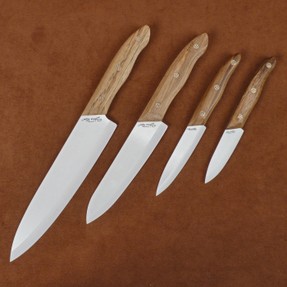 Ceramic knives will chip or get a small nick on the cutting edge if they are dropped or mishandled. Ceramic knives are made with the second-hardest material, after diamonds, but this does not mean they are indestructible. Don't be frightened into thinking ceramic is fragile, as you will encounter many of the same care instructions with traditional steel blades.
Ceramic knives will chip or get a small nick on the cutting edge if they are dropped or mishandled. Ceramic knives are made with the second-hardest material, after diamonds, but this does not mean they are indestructible. Don't be frightened into thinking ceramic is fragile, as you will encounter many of the same care instructions with traditional steel blades.
Think of a ceramic knife as another tool in your arsenal, designed for precision and controlled cutting such as thinly slicing a tomato or sashimi. While the blades are easier to chip than stainless steel, the edge also lasts up to ten times longer. In fact, you'll find many manufacturers offer free sharpening service if you ever need it, as these knives take a long time to lose their edge.
If you're concerned about strength and breaks, you can also find black ceramic blades, which are produced through additional hot isostatic pressing that enhances the blade's strength.
View this zebrawood ceramic knife set here.


 Ceramic knives will chip or get a small nick on the cutting edge if they are dropped or mishandled. Ceramic knives are made with the second-hardest material, after diamonds, but this does not mean they are indestructible. Don't be frightened into thinking ceramic is fragile, as you will encounter many of the same care instructions with traditional steel blades.
Ceramic knives will chip or get a small nick on the cutting edge if they are dropped or mishandled. Ceramic knives are made with the second-hardest material, after diamonds, but this does not mean they are indestructible. Don't be frightened into thinking ceramic is fragile, as you will encounter many of the same care instructions with traditional steel blades. 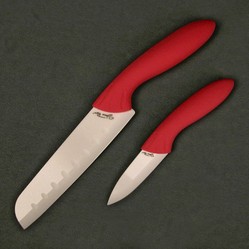

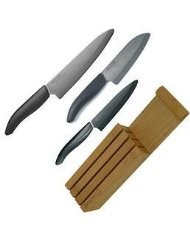
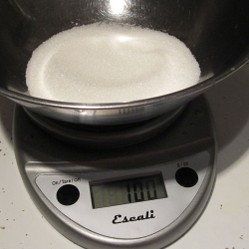
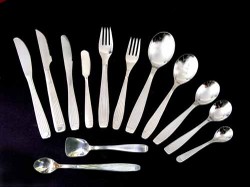
Comments
They look like they might be sharper than standard stainless steel knives
Never tried ceramic knives. Sounds like a good idea though.